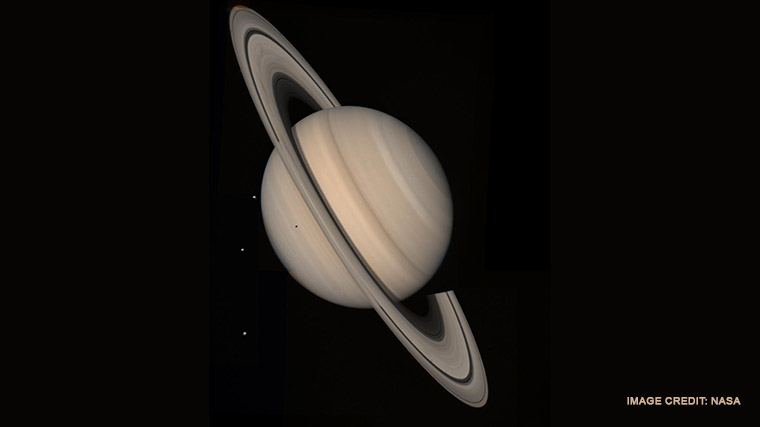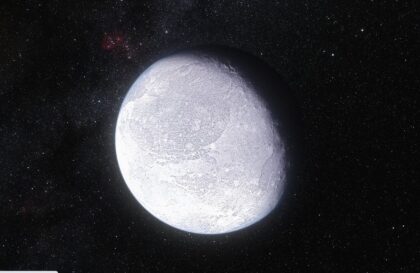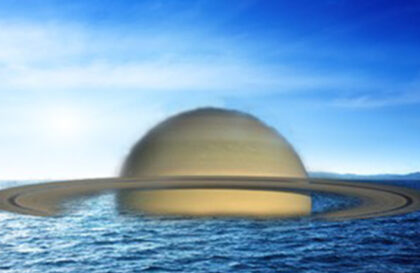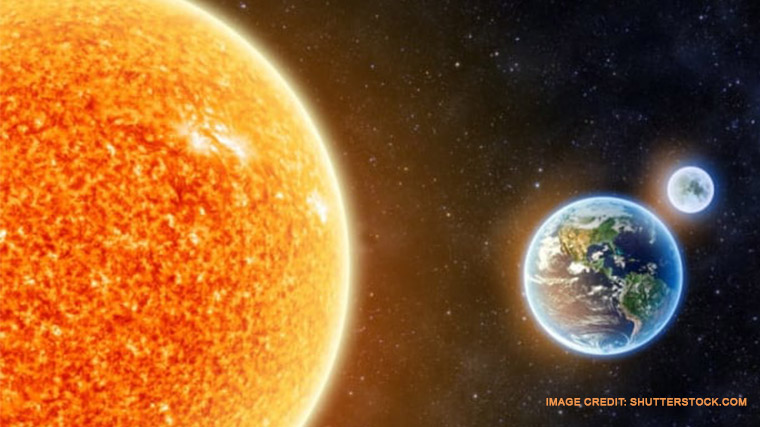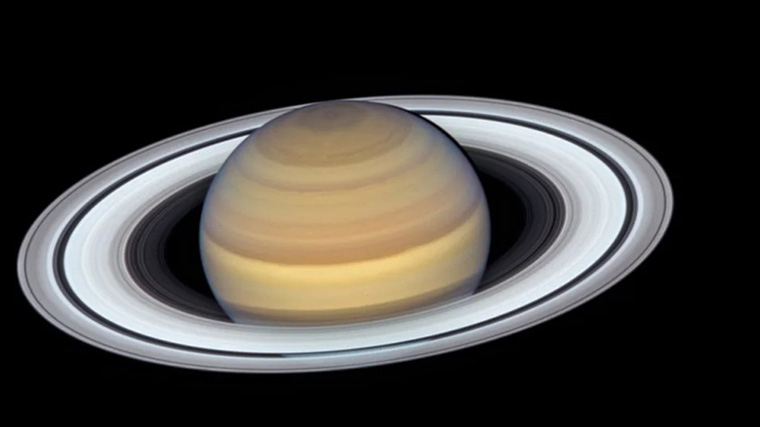Saturn, the least dense among all solar system planets, boasts a density even lower than water. Placing Saturn in a bath would cause it to float effortlessly. With an average density of 687 kg/m³, considerably less than water’s 1000 kg/m³, Saturn’s composition is intriguing. Its atmosphere, comprising 94% hydrogen and 6% helium by volume, envelops a presumed small silicate-iron core cloaked in ice, alongside a profound liquid hydrogen stratum.
The upper atmosphere of Saturn exhibits ultra-fast winds, propelling at astonishing speeds of 1800 km per hour, generating the characteristic ringing phenomenon.
Saturn’s most prominent feature, its extensive rings, includes the massive Phoebe ring, nearly 7,000 times larger than the planet itself. Although its vast expanse could accommodate a billion Earth planets, its sparse population of particles and dust renders it arduous to discern. The dim reflectivity of Saturn adds to this challenge.
Saturn’s ring dynamics are orchestrated by its shepherd moons, whose gravitational pull corrals particles into specific orbital paths, resulting in discernible gaps and maintaining the rings’ integrity.
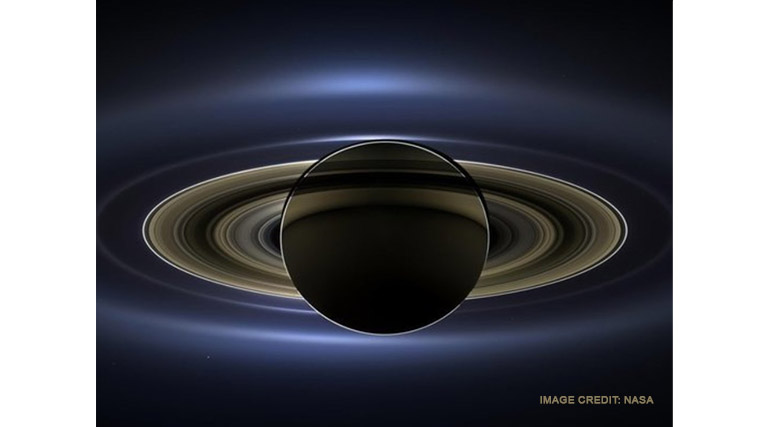
Within Saturn’s ring ensemble, the f-ring stands out with narrower rings exhibiting captivating curves and bulges, attributed to impacts from asteroids and comets.
Regarding the age of the rings, two theories prevail: one suggests their existence as long as the planet endures, while another posits their relatively youthful age of 100 million years, rendering them younger than Earth’s prehistoric dinosaurs.
Saturn boasts a plethora of moons, totaling 82, surpassing Jupiter’s count of 79. Among these, 53 have garnered confirmation, while the remaining 29 await official verification of their discovery.
Saturn’s largest moon, Titan, commands attention as it surpasses the dimensions of the planet Mercury, ranking as the second-largest moon in the solar system, after Jupiter’s Ganymede. Titan’s unique attribute lies in its dense atmosphere, complete with clouds. Titan’s atmospheric composition, rich in nitrogen and methane, further hosts organic molecules containing carbon, hydrogen, and even traces of oxygen.
The atypical shapes of Saturn’s moons Panorama and Atlas—resembling flying saucers or baseballs—add an intriguing facet to the moon diversity within our solar system.
Image credit:
https://solarsystem.nasa.gov
https://www.mk.ru
